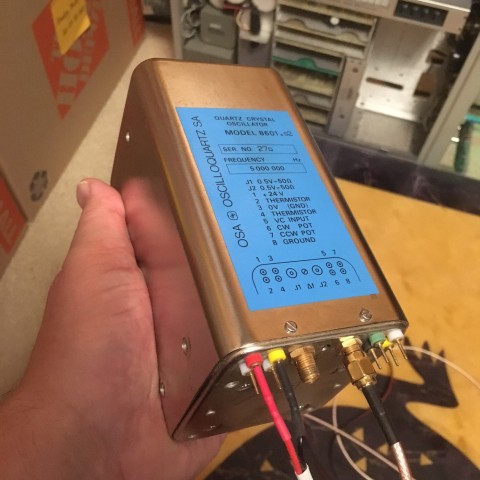
High-performance DOCXO (Double Ovenized Quartz Crystal Oscillator) tend to warm up very slowly. This is ok since once powered up they are typically left running for years, even decades.
Many models of Oscilloquartz oscillators exist. The high-end models include the 8600 / 8601 (superb) and 8607 (unobtainium). For each model there are sometimes additional suffix numbers which further define the factory measured performance and specification of the oscillator. When verified working a normal grade 8600 might be worth $1k - $2k and a premium grade 8607 might be an order of magnitude more. In other words, the rarity and price is directly related to performance: short-term stability ranges from 1×10-12 (good) or 5×10-13 (very good) all the way to 5×10-14 (unbelievably good).

None of this is required to operate an oscillator; you can just apply 24 VDC and enjoy a stable frequency a few hours later. The purpose of this experiment is to watch the warm-up process itself. Measurements were made continuously in RS232 talk-only mode and data was logged by a PC. The plots below show the first hour after power-on. The points are 10 seconds apart.
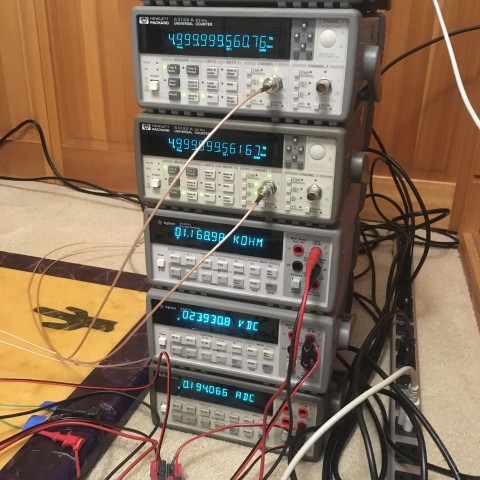
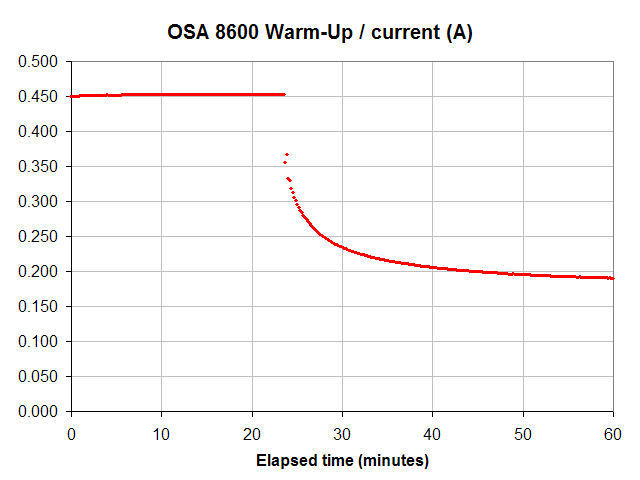
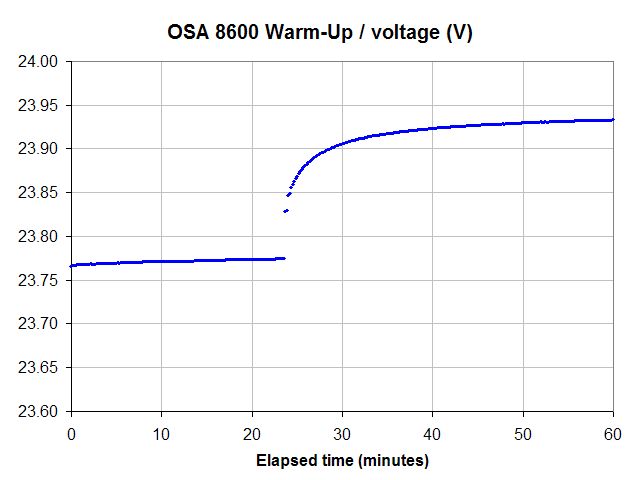
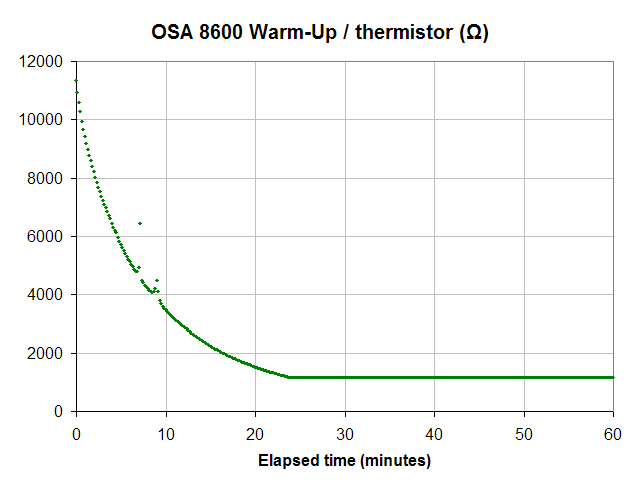
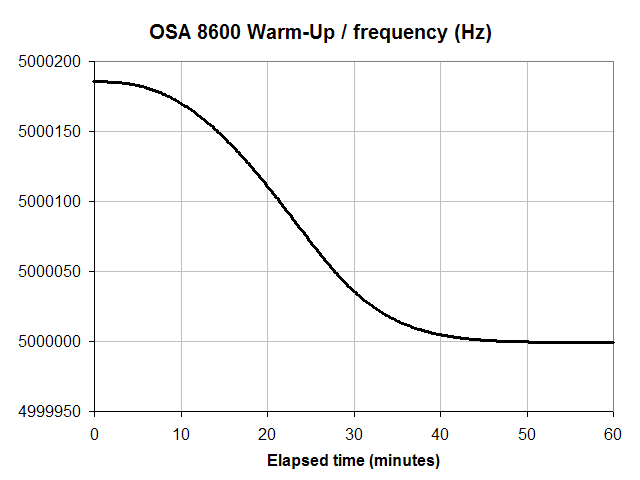
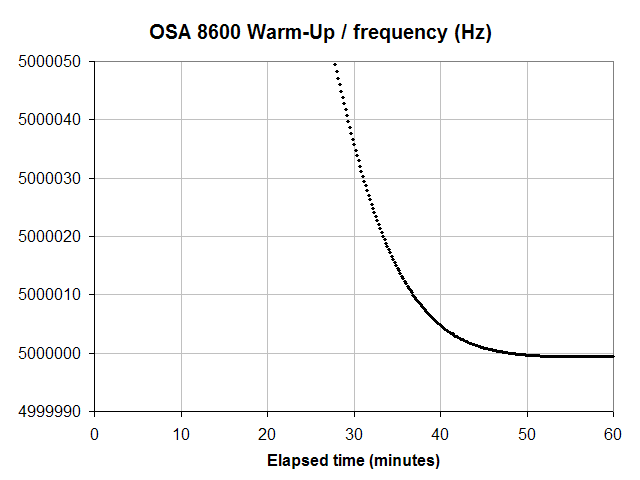
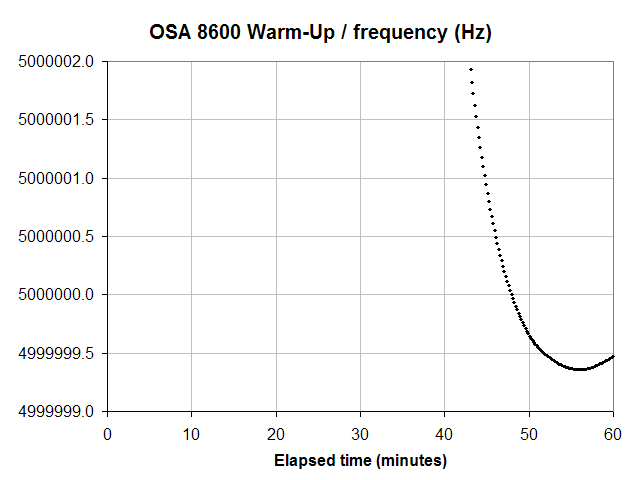
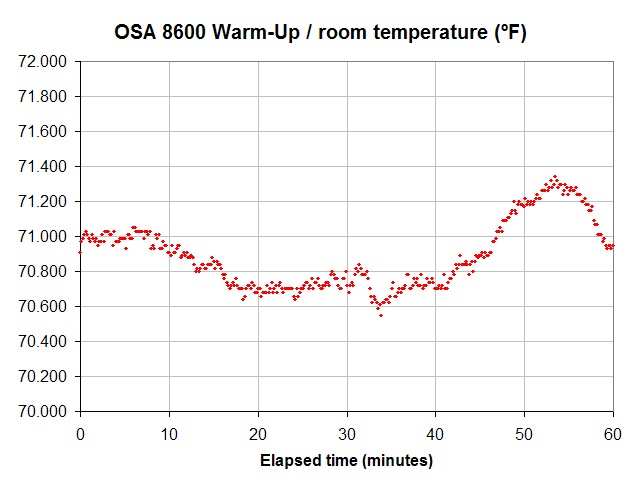
The DE9 connector is conveniently designed. Think columns, not rows. The left two pins (1, 6) are for thermistor monitoring. The next two pins (2, 7) are ground and power. The right 3 pins (4, 5, 9) are for 10k multi-turn trimpot fine frequency adjustment.
In the simplest case connect pin 2 (top row) to ground, and pin 7 (bottom row) to +24 VDC. The thermistor pins and EFC trimpot pins are optional.
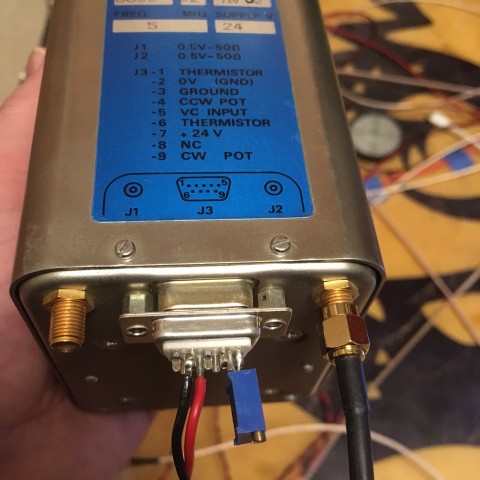
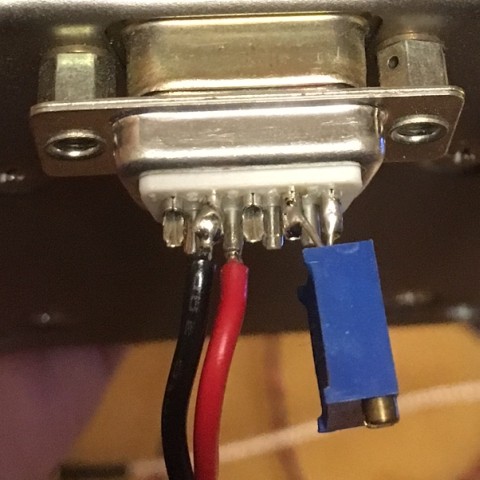
Here a BVA oscillator is being tested while still in its factory plastic bag.
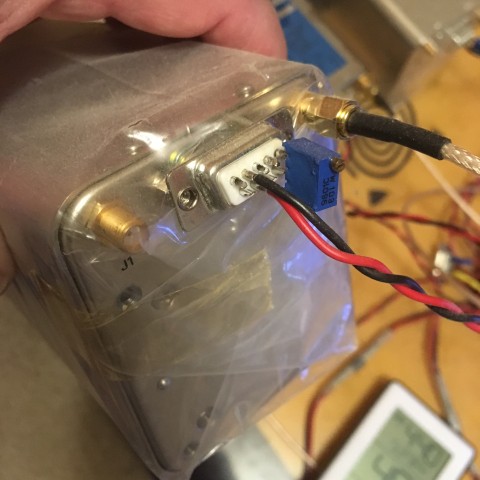
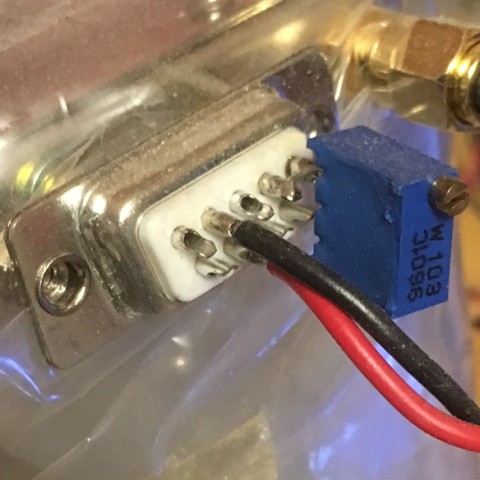
This example has both pin 2 and pin 3 connected to ground.
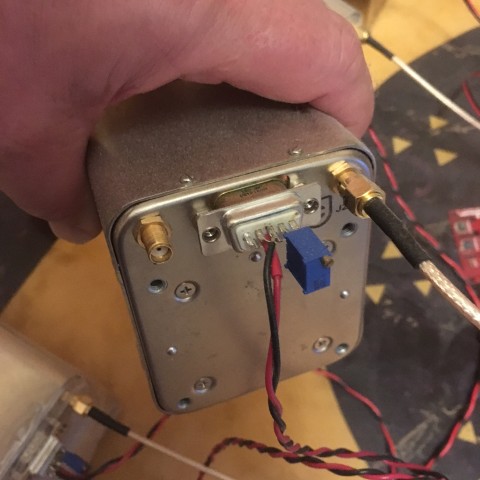
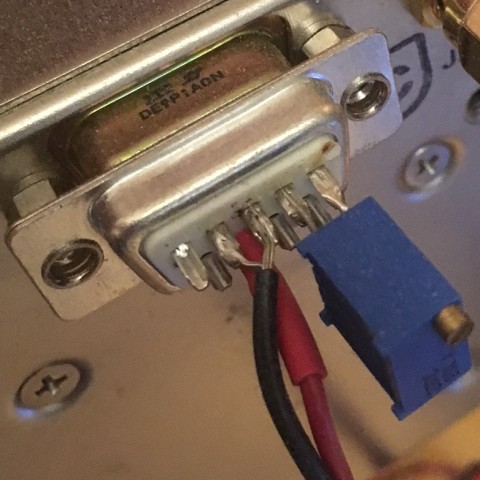
Older style (pre-DE9) connections. Without and with EFC trimpot.
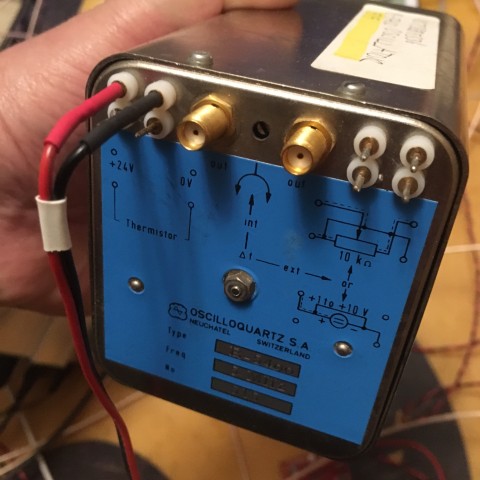
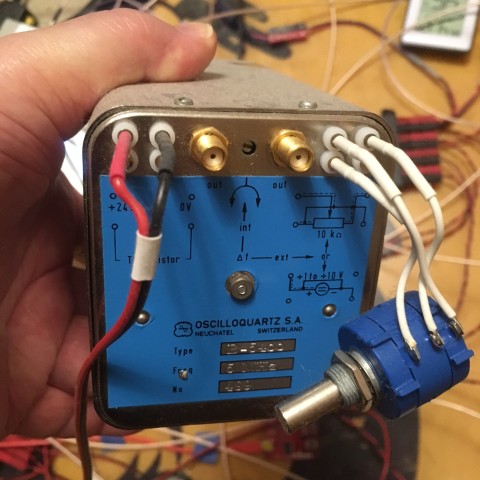
Lastly, the connector I use with convenient Anderson PowerPole for DC power and optional leads for thermistor resistance measurement.
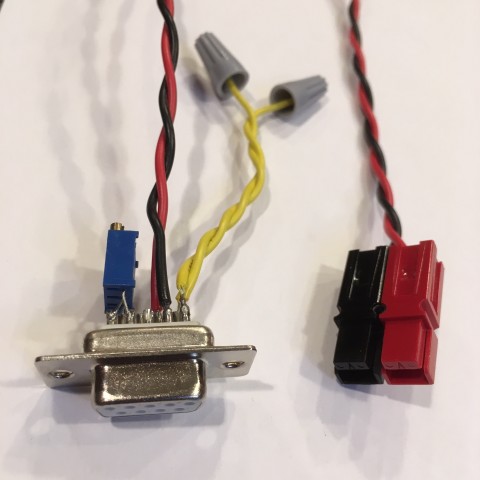
dir: pc161-lab\bva\run2-sn270 files: bva\log1-mjd58800.txt bva\log2-mjd58800.txt bva\log3-mjd58800.txt bva\log4-mjd58800.txt bva\log5-mjd58800.txt sfe\log1-mjd58800.txt first hour, 360 x 10 s samples, from MJD 58800.7478 to 58800.7895